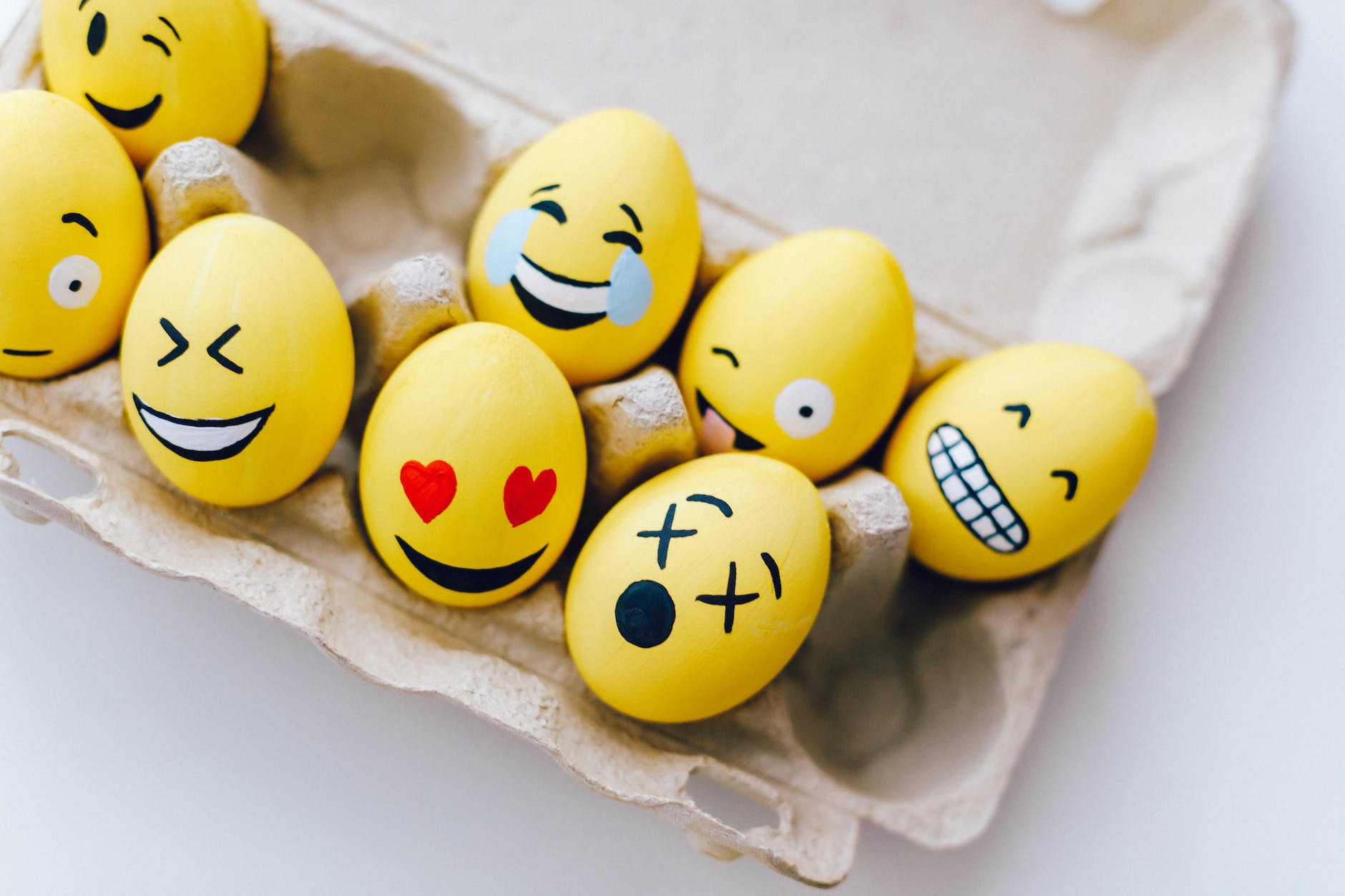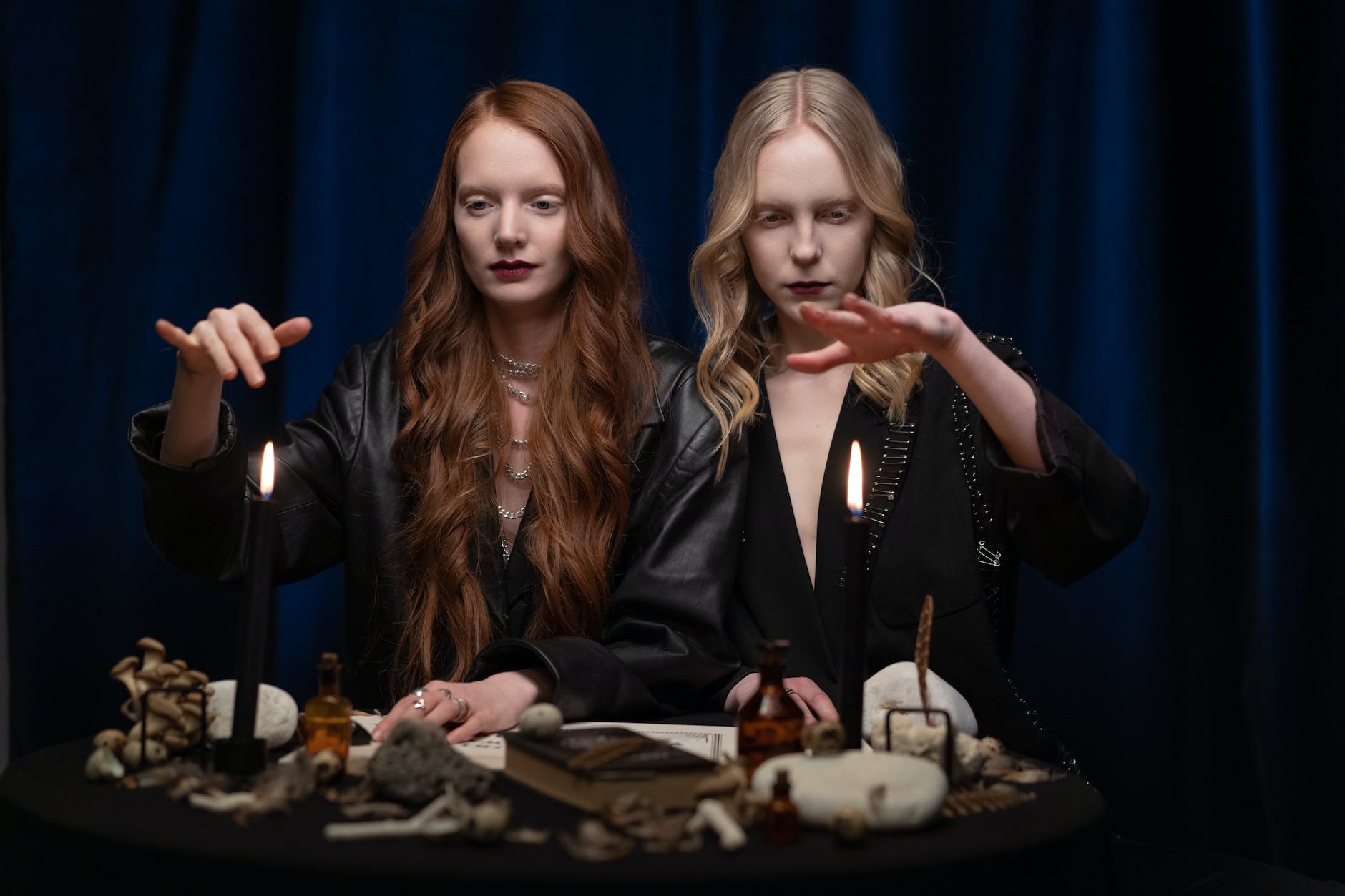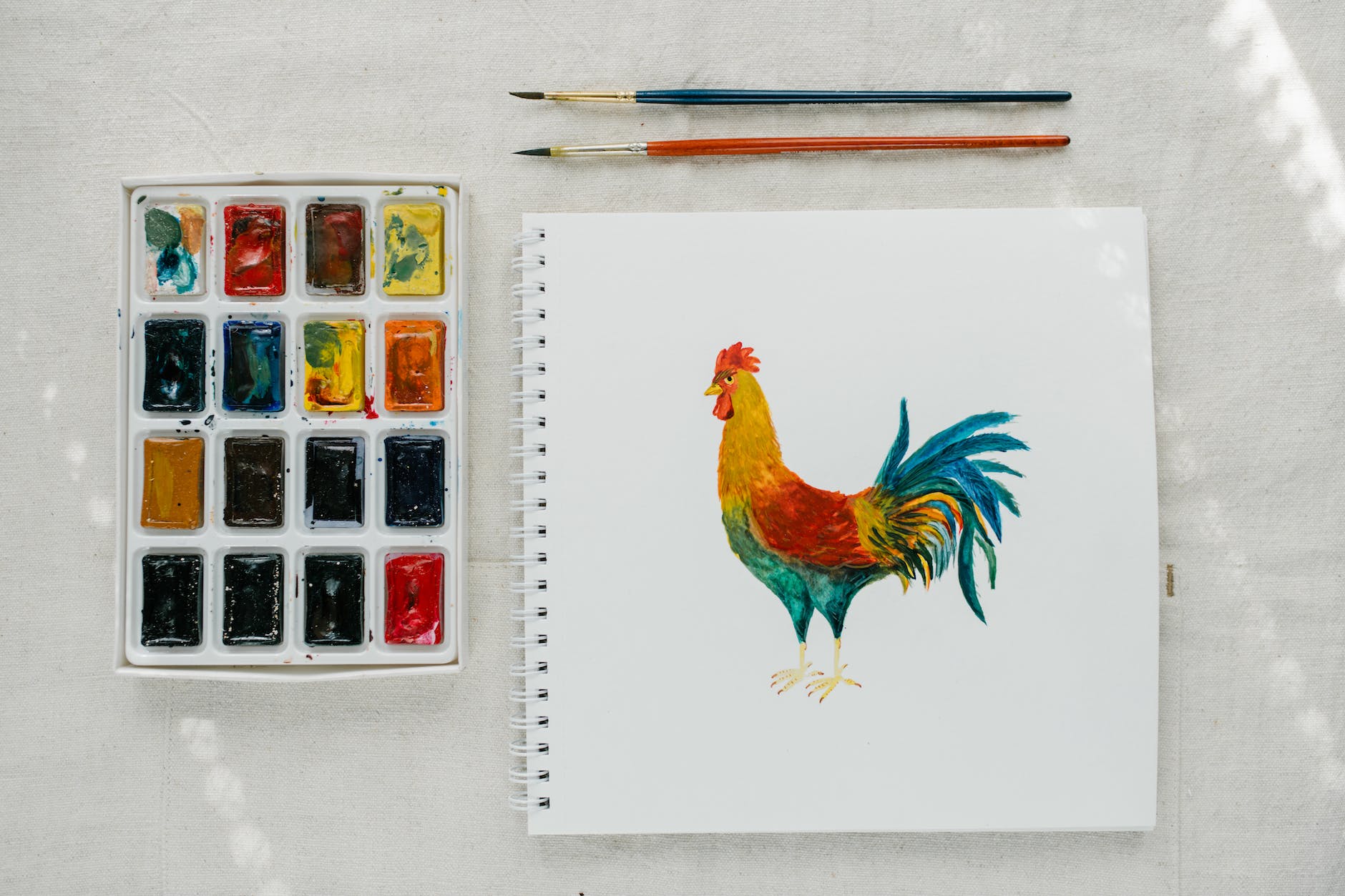The intertwining threads of psychedelics and creativity have fascinated society for centuries. From the surrealistic works of the 1960s counterculture movement stirred by hallucinogenic substances to contemporary research on cognitive adaptability, this interplay continues to fuel masterpieces, unconventional thinking, and stimulating academic discourse. This article will delve deep into the psychedelic realm and unveil its role in fostering creativity and artistic expression.
Psychedelics, often controversial yet captivating, have historically served as a medium for human self-expression, inspiration, and artistry. In ancient cultures, psychedelic plants were used in sacred rituals to catalyze visionary experiences, and these manifestations of the subconscious often served as a wellspring of artistic creativity.
The 20th century saw a revival of interest in psychedelic substances among artists and intellectuals, urging them down a rabbit hole of intense imagination that transformed the dimensions of their creative output. Surrealists such as Salvador Dalí and modern musicians like the Beatles and Jimi Hendrix tapped into these altered states of consciousness to birth unorthodox ideas and expand their artistic boundaries.
Concurrently, scientific research has begun to uncover the cerebral mechanism behind this potent brain activity, suggesting that these substances increase cognitive flexibility by altering neural connections. Recent studies point to the temporary dissolution of usual brain networks and the formation of new, unhindered connections under the influence of psychedelics.
A research conducted by the Imperial College London unveiled that psychedelics disrupt the ‘default mode network’, the brain system connected with self-reference, encouraging a greater fluidity of cognition. This disruption, combined with an enhanced connectivity between regions that usually do not cooperate, leads to an increase in divergent thinking – a style of thinking that allows many new ideas to be generated, ostensibly promoting creativity.
Psychedelics’ effect on enhancing imagination is even revitalizing therapeutic methods. Art therapy, for instance, is incorporating the altered states induced by these substances into their practice. Studies show that utilizing psychedelics in art therapy provides a profound emotional release, allowing patients to visually express their inner emotions, aiding an introspective healing process.
Despite the promising links between psychedelics and creativity, a word of caution is necessary. Psychedelics are potent substances that command respect. Their utility should not justify recreational misuse or negate potential risks, although research suggests that when administered properly in therapeutic settings, they can be safe and beneficial.
Bridging the gap between scientific understanding and artistic application, these substances continue to elicit fascination. Artists may forever chase the vivid, boundary-transgressing states achieved through their use. As neuroscience advances, we get closer to appreciate the complex relationship between psychedelics and creativity that has intrigued and inspired. The exploration into this deep well of unconventional thinking and heightened self-expression is far from over; indeed, we may only be scratching the surface.
In summary, the connection between psychedelics and creativity is one of complex connotations and profound implications. Appreciating it can provide us new insights into the power of human cognition, artistic expression, and the limitless bounds of imagination stirred by these extraordinary substances. Unveiling this relation, while maintaining the necessary balance and responsibility, we traverse a thrilling journey into the depths of creativity’s enduring mystery.






